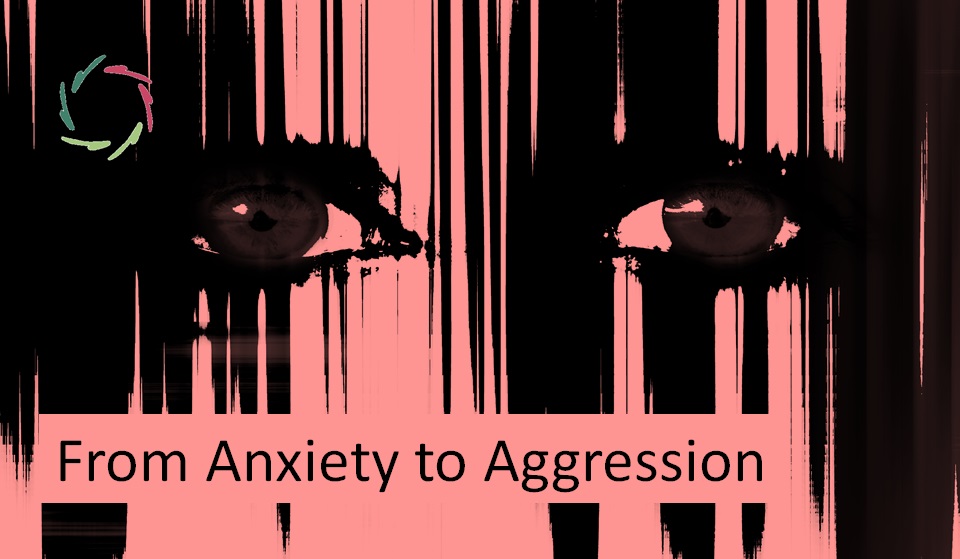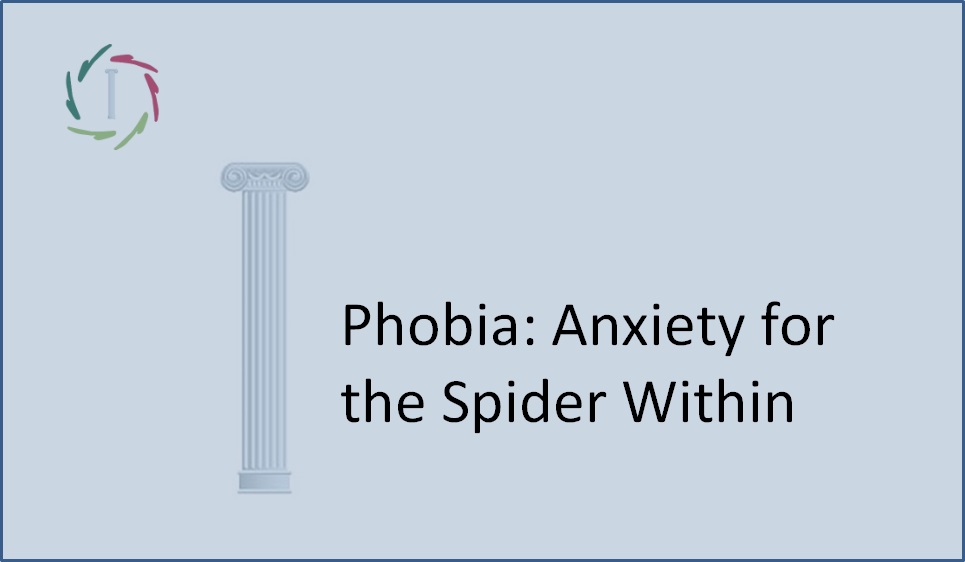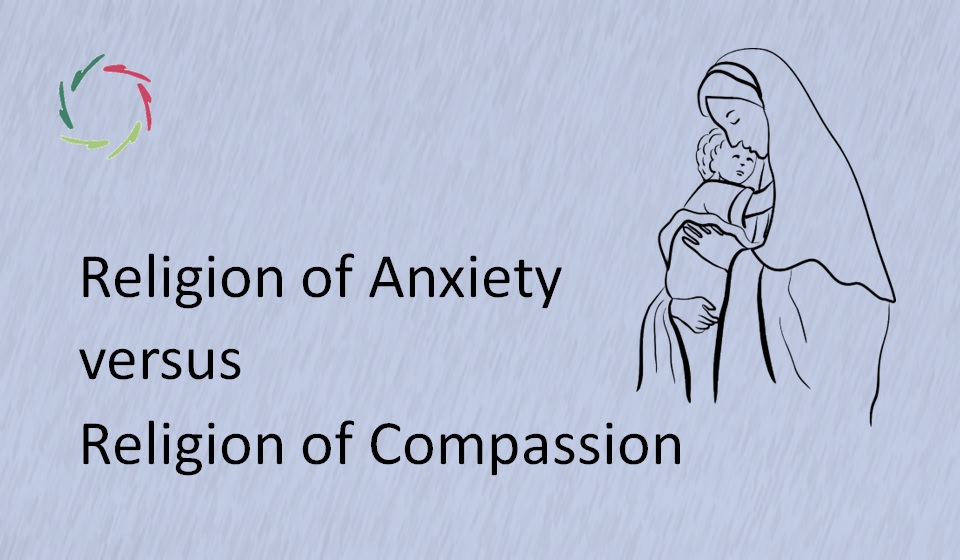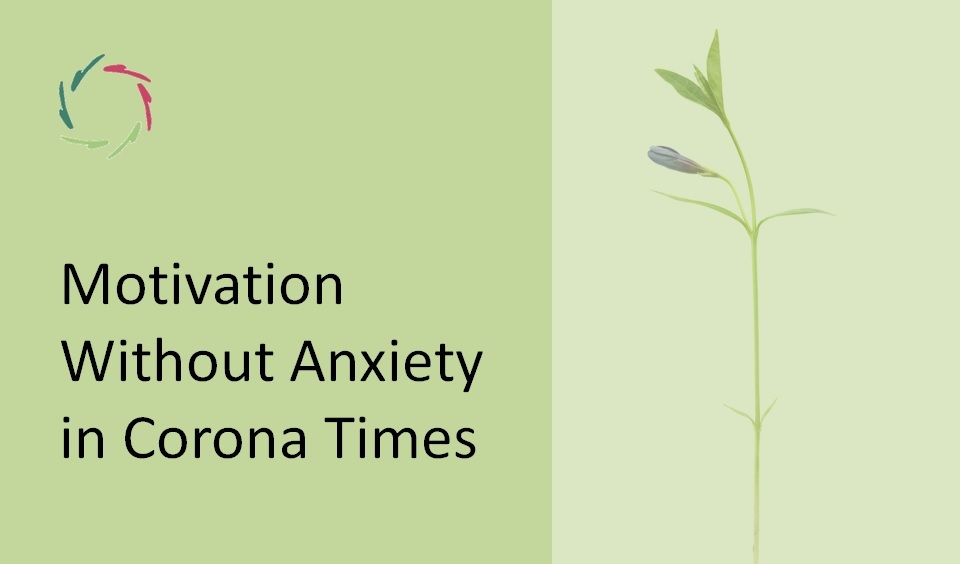From Anxiety to Aggression

Anxiety and aggression often seem worlds apart. Anxiety feels internal. Aggression, by contrast, bursts forth — external, visible, and often destructive. Yet, these two emotional states are closely connected, with one often transforming into the other when left unchecked.
Understanding this transition is crucial, not only to prevent harm but also to transform both emotions into opportunities for growth and strength.
An invisible bridge: from potential to kinetic energy
Imagine anxiety as a dam holding back a reservoir of water. The water builds pressure — potential energy waiting for release. If the dam is too rigid or ignored for too long, the pressure eventually breaks through, releasing a torrent of kinetic energy in the form of aggression. This transformation, while often unintentional, is deeply human and rooted in the way our mind and body process unresolved tension.
Drawing from Carl Jung’s concept of the shadow, anxiety often contains unacknowledged parts of ourselves. When these aspects are denied or repressed, they may find expression through aggression. Similarly, self-reinforcing loops can escalate inner tension into outward chaos. The transition from anxiety to aggression is one such loop, where unresolved fear or frustration seeks release in any form, even destructive ones.
Understanding the transition
- Anxiety signals inner conflict — an unmet need, a suppressed fear, or a tension-seeking resolution. Left unaddressed, this energy grows, searching for an outlet.
- When anxiety finds no constructive outlet, it often defaults to aggression. This reaction can feel like an attempt to reclaim control or assert boundaries, even if misguided.
- Inner conflicts often manifest outwardly. We project unresolved parts of ourselves onto others, externalizing our inner turmoil and escalating interpersonal conflict.
Breaking the cycle: addressing anxiety proactively
- The whisper technique
When anxiety arises, whisper to it mentally: “What do you need me to understand?” This gentle approach shifts the relationship with anxiety from resistance to curiosity. It reflects the compassionate engagement with one’s shadow.
- Channeling anxiety’s energy
View anxiety not as a threat but as a source of potential. Engage in physical or creative activities to release its energy constructively. Visualization can help: Imagine anxiety as water flowing into a purposeful river rather than breaking through destructively.
- The pause-and-redirect method
When anxiety begins to escalate, pause. Ask yourself: “Where is this leading me? How can I guide it elsewhere?” Writing down thoughts or taking a moment for focused breathing can redirect energy before it becomes aggression.
Collective dynamics: from anxiety to mob aggression
Groups, like individuals, experience anxiety. Collective anxiety can escalate into mob aggression or political conflict as societal fears are projected onto scapegoats or opposing groups.
Self-reinforcing loops can drive these dynamics, creating cycles of fear and violence.
Prevention through reflection:
- Facilitate open dialogues in group settings to address shared concerns.
- Use synchronized group activities – such as rhythmic movement or collaborative projects – to channel collective anxiety into unity and purpose.
Transforming anxiety and aggression into growth
- Anxiety as a guide
Reframe anxiety as a signal, pointing toward areas of growth or unresolved issues. Engaging with inner patterns can unlock insights that lead to deeper understanding and healing.
- Aggression as energy
Aggression contains raw power. When channeled constructively, it becomes a force for creativity, assertiveness, or advocacy. This aligns with “The Enemy Within’s” exploration of integrating shadow aspects to harness their strength.
- Rebuilding the dam with purpose
Instead of suppressing anxiety or aggression, create a “dam” that channels their energy into positive action. A purposeful outlet ensures the energy doesn’t stagnate or erupt but flows constructively. Breaking destructive loops can transform tension into opportunities for growth.
Practical steps to transform anxiety
- Whisper to your anxiety. Invite it into dialogue. Ask what it needs and listen without judgment.
- Visualize aggression as a rushing river and guide it toward powering something meaningful—a creative project, a difficult conversation, or problem-solving.
- In groups, create spaces for open dialogue and shared purpose to prevent anxiety from escalating into aggression.
A new path forward
Anxiety and aggression are not enemies. They are messengers, signaling deeper needs and untapped energy. By addressing anxiety before it becomes aggression, we transform its pressure into clarity and its power into purpose. This shift is not just about preventing harm — it’s about embracing the full spectrum of human emotions as tools for growth and connection. This process requires Compassion, curiosity, and intention.
With these tools, anxiety becomes a guide, aggression becomes energy, and the path forward becomes one of harmony and strength.


